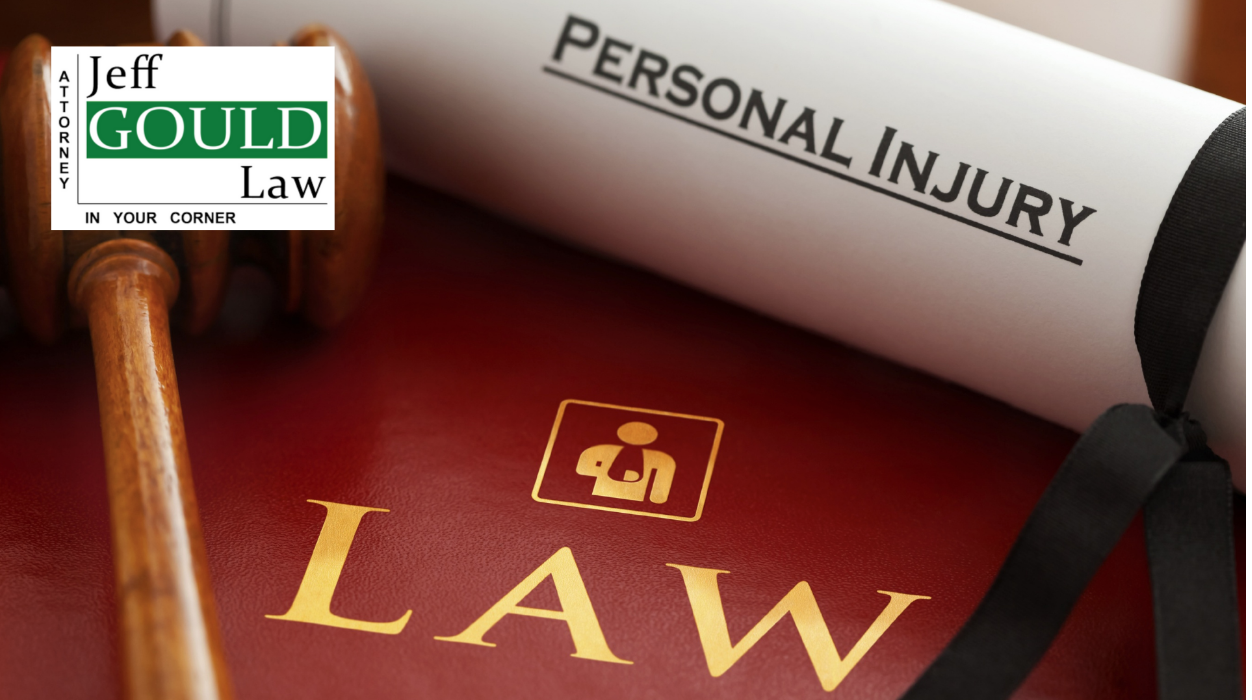Unless you are a legal professional, you are likely not well-versed in some of the standard terms used in personal injury cases. Law offices and courtrooms have their complicated language, and not everyone understands the terminology.
Some of the complicated factors in the process of a personal injury lawsuit can be left to your experienced legal team. However, having a basic understanding of the terms being used and what they mean will allow you to better communicate with your attorney, prepare yourself for the case, and understand how the proceedings of that case will affect you. Continue reading to understand 7 personal injury lawsuit terms and their definitions.
Understanding civil and personal injury lawsuits:
Before we dive into terms, it is imperative to understand that personal injury cases fall under civil lawsuits rather than criminal. Civil lawsuits are court-based proceedings in which an individual (plaintiff) who has been injured seeks to hold another individual (defendant) liable for a wrongful act that allegedly led to the injury. This is usually in the form of monetary damages to recover losses due to the injury.
Common terms used in personal injury lawsuits
- Plaintiff:
In any personal injury or civil case, the plaintiff is the party who initiates a lawsuit in court against another party that has committed some alleged wrongdoing. A civil lawsuit is filed by the plaintiff when they have been injured.
- Defendant:
When a plaintiff files a lawsuit for being injured or wronged, the party being sued for the alleged wrongdoing is the defendant. A defendant can be an individual, an organization, group, or government entity. In a single lawsuit, there can be multiple plaintiffs and defendants.
- Injury:
In the case of civil suits and personal injury, the term “injury” can mean more than just physical trauma. In this case, injury refers to any act that negatively disrupts the plaintiff’s life. Injuries can include defamation, damage to one’s character, wrongful death, emotional trauma, or any act that leads to a financial loss. A civil court attempts to restore the plaintiff to an equal state as before the injury occurred. Typically, this is done through monetary compensation, but the loss of life, chronic pain, or defamation of character cannot be remediated. Money can’t fix everything, but it can help restore a plaintiff’s state after injury.
- Damages:
In a personal injury case, a plaintiff’s goal is to recover damages. While damages almost always refer to money, it is essential to note why the money is being received. There are three categories that damages fall into: economic, non-economic, and punitive. Economic damages are quantified losses such as wage loss, medical bills, or replacement services. Non-economic damages aren’t quantifiable and include pain and suffering, anxiety, or humiliation. Punitive damages are additional damages that exceed the simple compensation and are typically rewarded as a punishment to the defendant.
For example, if you were injured in an auto accident at the fault of another party, and you received $7,000 in medical bills and an auto repair bill of $1,000, these would be your economic damages. You could also demand an additional $5,000 for anxiety and insomnia following the accident and your injuries, considered non-economic damages. If the court determines that the defendant’s actions were reckless, you could be rewarded additional compensation in punitive damages.
- Statute of Limitations:
A statute of limitations is the period set by law after an injury or incident occurs that you have to file a suit. In Arizona, there is a 2-year statute of limitations on all personal injury cases, meaning that a lawsuit needs to be filed not later than two years after the incident has occurred.
- Negligence:
The failure to act with reasonable care in a personal injury lawsuit is negligence. A person is negligent if their carelessness leads to injuries to another party. The plaintiff has to prove four things for negligence to be determined.
- First proof: there was an obligation or duty of care that the defendant owed the plaintiff.
- Second proof: said duty was breached or violated by the defendant.
- Third proof: the breach or violation of care proximately caused plaintiff’s injuries.
- Fourth proof: the actual damages exist.
7. Burden of Proof:
To recover damages in a personal injury lawsuit, it is the plantiff’s obligation to prove that their allegations are true (or most likely to be true). Because the plaintiff is the one initiating the suit, they are the one with the burden to prove all allegations through evidence that the case is sound.
Contact an AZ Personal Injury Attorney:
If you have questions related to your personal injury lawsuit or the potential lawsuit in Arizona, or just want a consultation from an experienced personal injury attorney before moving forward, contact Jeff GOULD Law, The Attorney in YOUR Corner. If you, a family member, or someone you know has been injured by someone else you need an agressive personal injury attorney now, not later!
DISCLAIMER: The information on this blog/site is NOT, nor is it intended to be, legal advice. It is for general informational use only. You should consult an attorney for advice regarding your individual situation. Further, this information does not create an attorney-client relationship.


